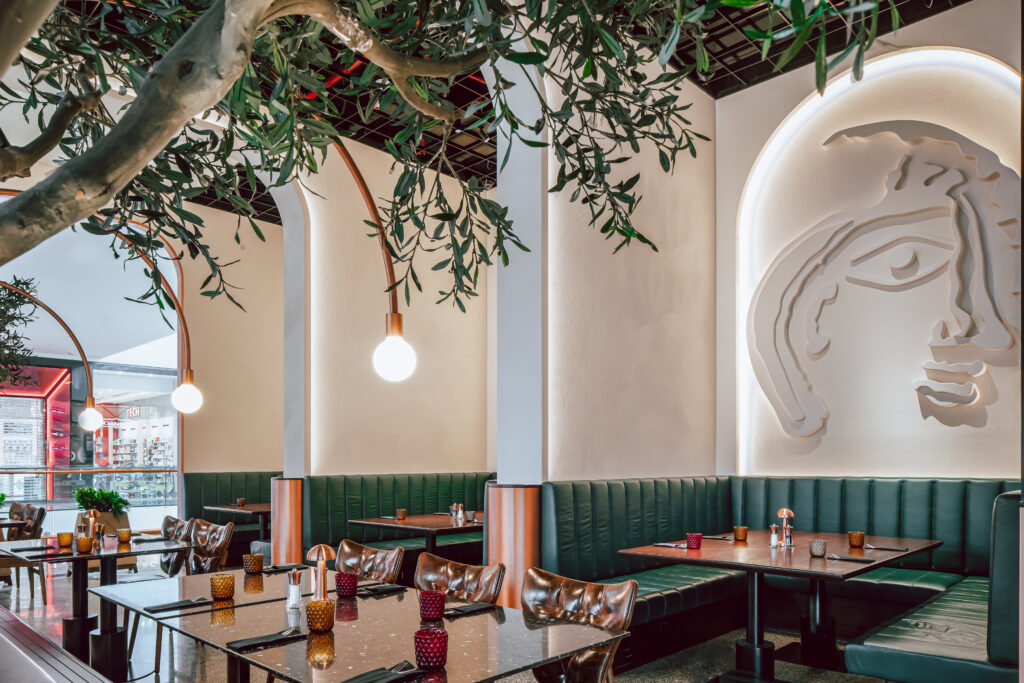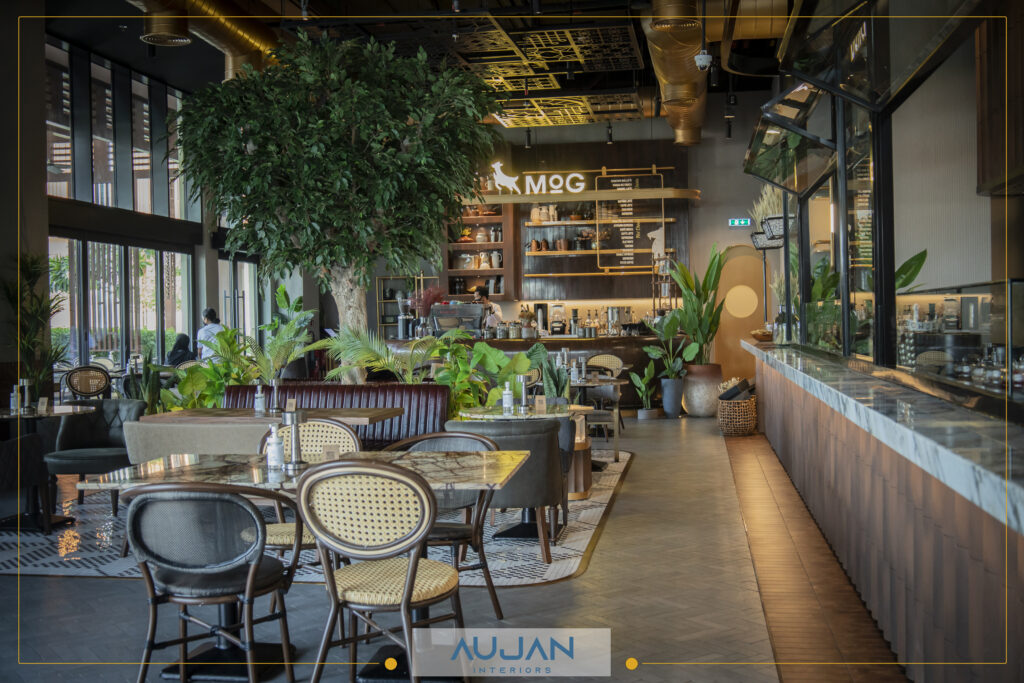Introduction:
Embarking on an interior fitout journey involves more than choosing paint colors; it’s about crafting a harmonious atmosphere. In this article, we’ll delve into 10 Steps to Perfect Interior Color Palettes, the intricacies of achieving the perfect interior color palette, touching on key elements like interior fitouts, fitout contractors, and joinery.
Starting with the foundational understanding of interior fitouts, fitout contractors, and joinery, we move on to the core steps in creating impeccable interior color palettes.
Understanding Interior Fitouts
Crafting the perfect color palette begins with a deep understanding of interior fitouts. These define the layout and structure of a space, influencing how colors interact and complement each other. Consider factors such as room size, layout, and intended use, setting the stage for a harmonious color scheme.

Expert Fitout Contractors
Engage with experienced fitout contractors to bring your color palette vision to life. These professionals possess the expertise to seamlessly integrate colors into the overall design, ensuring a cohesive and visually appealing result. Collaborate closely, conveying your preferences and relying on their skill to execute the plan flawlessly.
Joinery Mastery
Joinery plays a pivotal role in enhancing the aesthetics of a space. From custom cabinetry to intricate woodwork, joinery introduces textures and colors that contribute to the overall ambiance. Choose joinery elements that align with your color palette, creating a cohesive and sophisticated look.

Step 1: Define Your Vision
Before selecting colors, clarify your vision for the space. Consider the purpose of the room, the desired mood, and the emotions you wish to evoke. Whether it’s a vibrant living room or a serene bedroom, a clear vision provides a roadmap for selecting the perfect colors.
Step 2: Harmonize with Architecture
Harmony between your color palette and the architecture is crucial. Take cues from architectural elements such as flooring, moldings, and built-in features. A harmonious blend ensures that the colors seamlessly integrate with the existing design, creating a visually pleasing result.
Step 3: Lighting Dynamics
Understanding lighting dynamics is essential for color selection. Natural and artificial lighting can significantly influence how colors appear in a space. Test different shades under various lighting conditions to ensure your chosen palette looks stunning day and night.

Step 4: The Power of Neutral Base
Establishing a neutral base provides flexibility and timelessness to your color palette. Neutral tones serve as a backdrop, allowing other colors to shine. Consider shades of white, beige, or gray as a foundation, creating a versatile canvas for your design.
Step 5: Adding Accent Colors
Infuse personality into your space by strategically incorporating accent colors. These pops of color can be introduced through furnishings, accessories, or focal points. Whether it’s a bold accent wall or vibrant decor pieces, accent colors add visual interest and depth.
Step 6: Consider Textures and Materials
Beyond color, textures and materials contribute to the overall visual appeal. Consider how different materials interact with your chosen palette. From smooth surfaces to textured fabrics, the interplay of materials enhances the richness of your design.
Step 7: Test with Samples
Avoid color mishaps by testing samples in the actual space. Lighting conditions and surrounding elements can impact how colors appear. Testing samples allows you to see the true representation of each hue in your specific environment, ensuring a perfect match.
Step 8: Optimize Flow Between Spaces
For homes with open floor plans, optimizing the flow between spaces is crucial. Maintain a cohesive color scheme throughout connected areas, creating a sense of continuity and unity. A seamless transition between rooms enhances the overall aesthetic appeal.

Step 9: Balance Warm and Cool Tones
Strike a balance between warm and cool tones to achieve a comfortable and inviting atmosphere. Warm tones like reds and yellows infuse coziness, while cool tones like blues and greens evoke a sense of calm. Finding the right balance ensures a harmonious and welcoming environment.
Step 10: Regular Maintenance
Preserving the integrity of your color palette requires regular maintenance. Keep an eye on wear and tear, and address any touch-ups promptly. Periodic maintenance ensures that your interior color palette remains vibrant and captivating over time.
Conclusion
In conclusion, mastering the art of perfect interior color palettes involves a thoughtful blend of creativity, strategic planning, and collaboration with experts in fitouts and joinery. From defining your vision to harmonizing with architecture, considering lighting dynamics, and maintaining a balance between warm and cool tones, each step plays a crucial role in achieving a seamless and visually captivating result. The guidance provided in this comprehensive guide not only empowers you to navigate the intricate process with confidence but also emphasizes the importance of regular maintenance for a timeless and enduring interior aesthetic. Let these steps be your roadmap to creating spaces that not only reflect your style but also stand the test of time. Elevate your design journey with the 10 Steps to Perfect Interior Color Palettes, where the worlds of fitouts and vibrant color seamlessly converge.
Frequently Asked Questions
Q: How can I choose the right fitout contractor for my project?
A: When selecting a fitout contractor, consider their portfolio, experience, and client reviews. Look for a contractor whose style aligns with your vision, ensuring a seamless collaboration.
Q: Are there specific joinery elements that work well with any color palette?
A: While it depends on the overall design, versatile joinery elements like natural wood finishes and neutral tones tend to complement a wide range of color palettes, offering flexibility in design.
Q: Can I change my color palette without a major overhaul of my interior fitout?
A: Yes, you can update your color palette without a complete overhaul. Focus on elements like furnishings, decor, and accent pieces to introduce new colors.
Q: How do I balance bold accent colors without overwhelming the space?
A: To balance bold accent colors, use them sparingly and strategically. Consider incorporating them in focal points or smaller elements.






